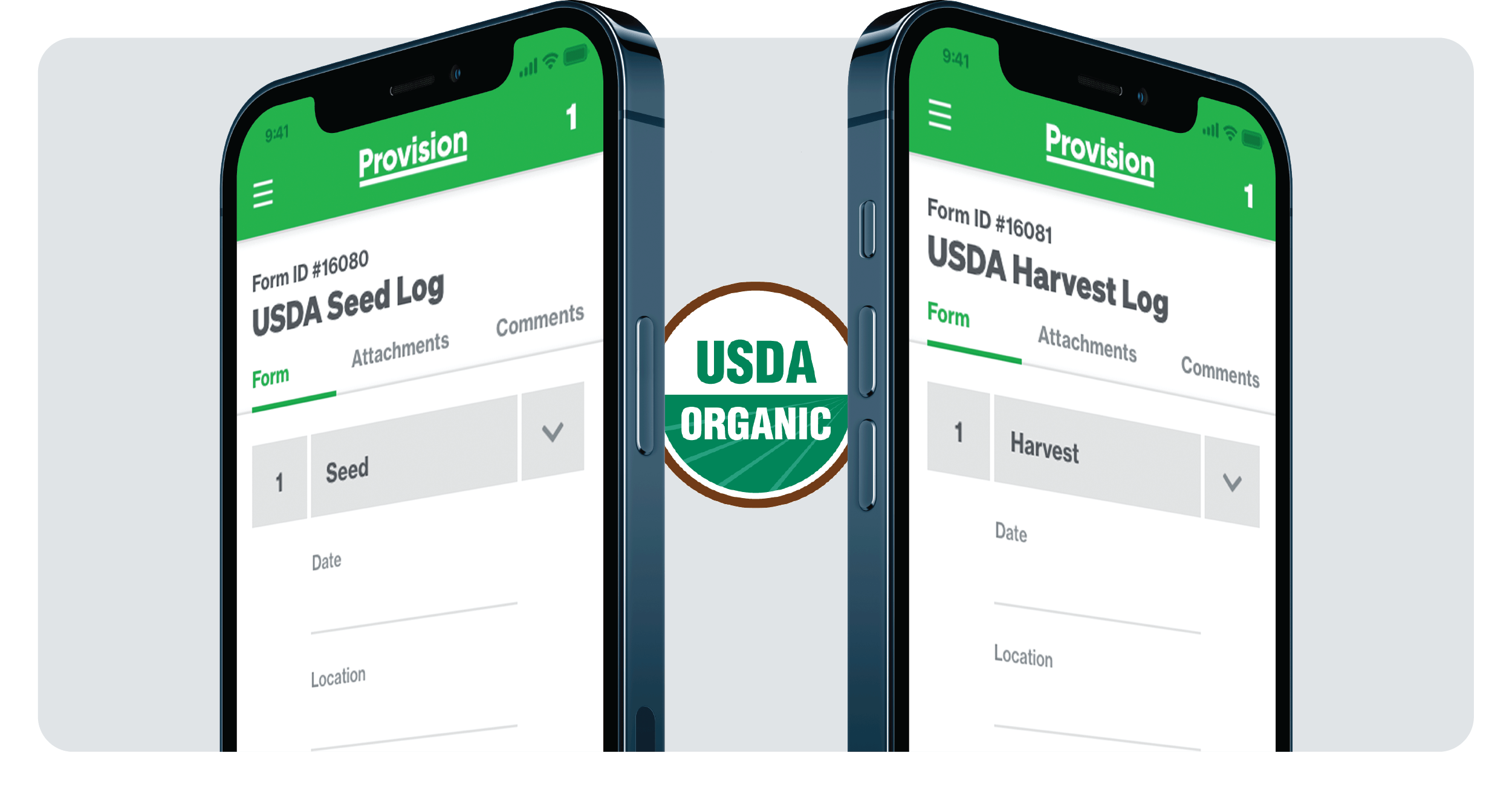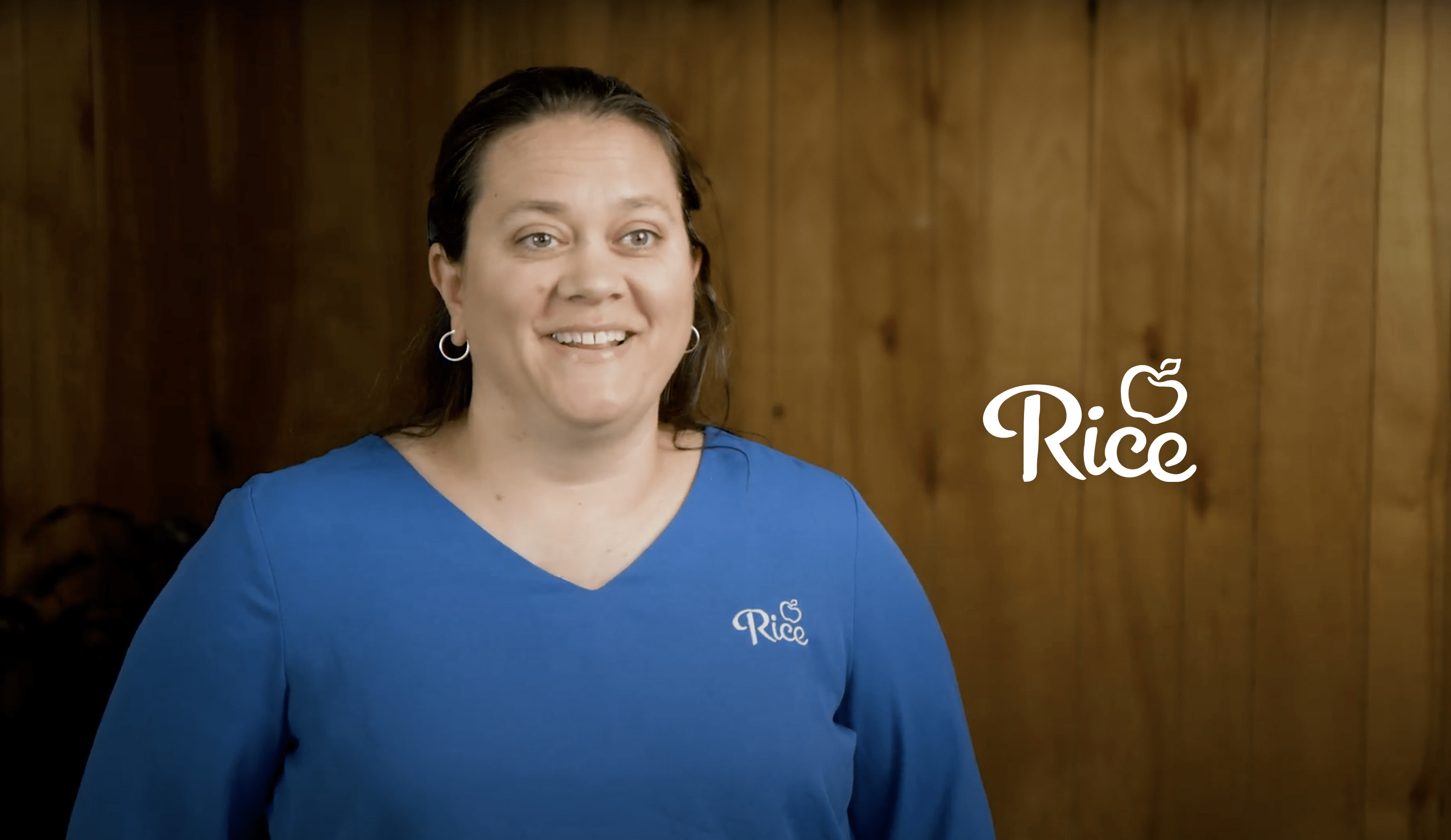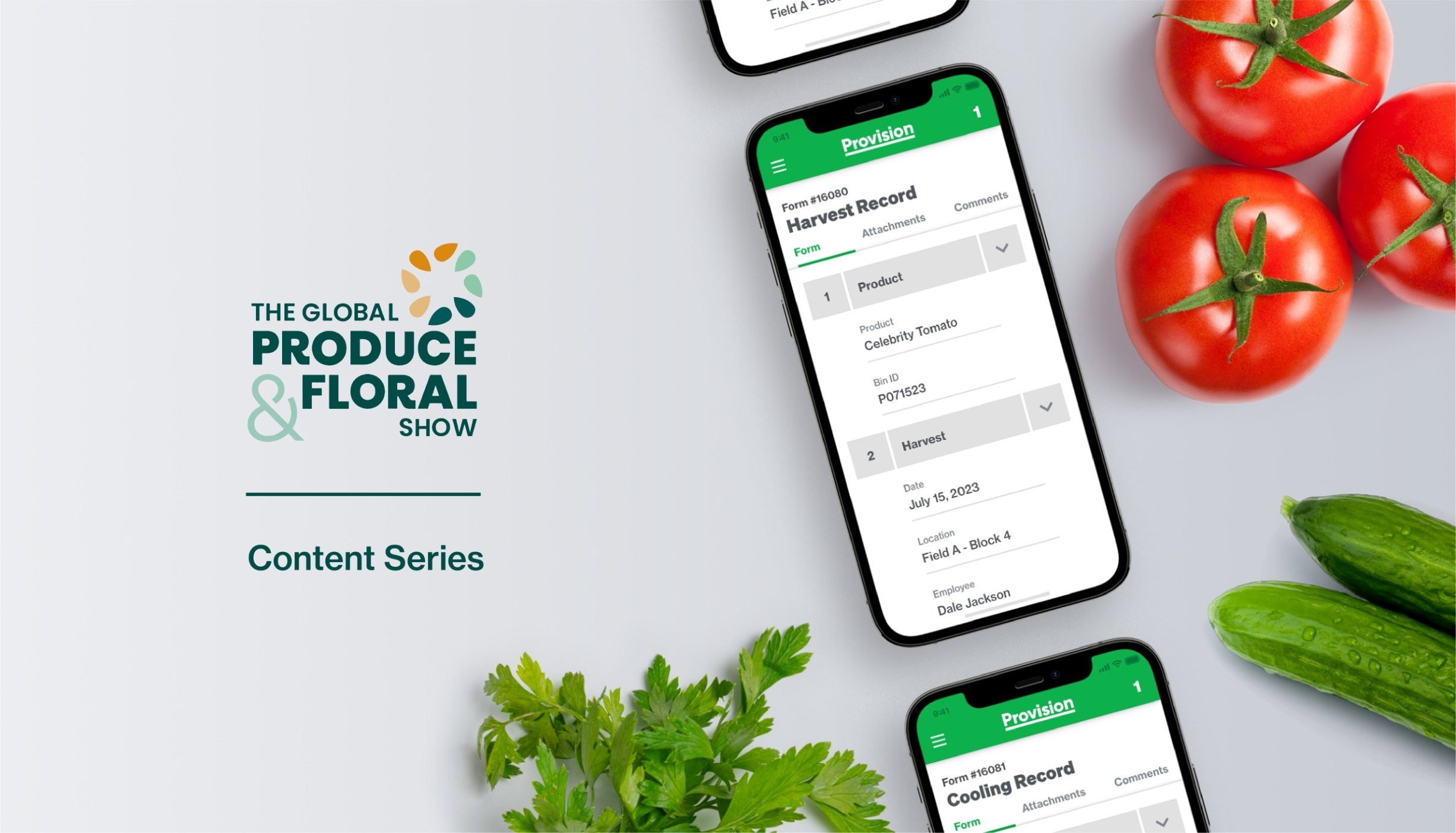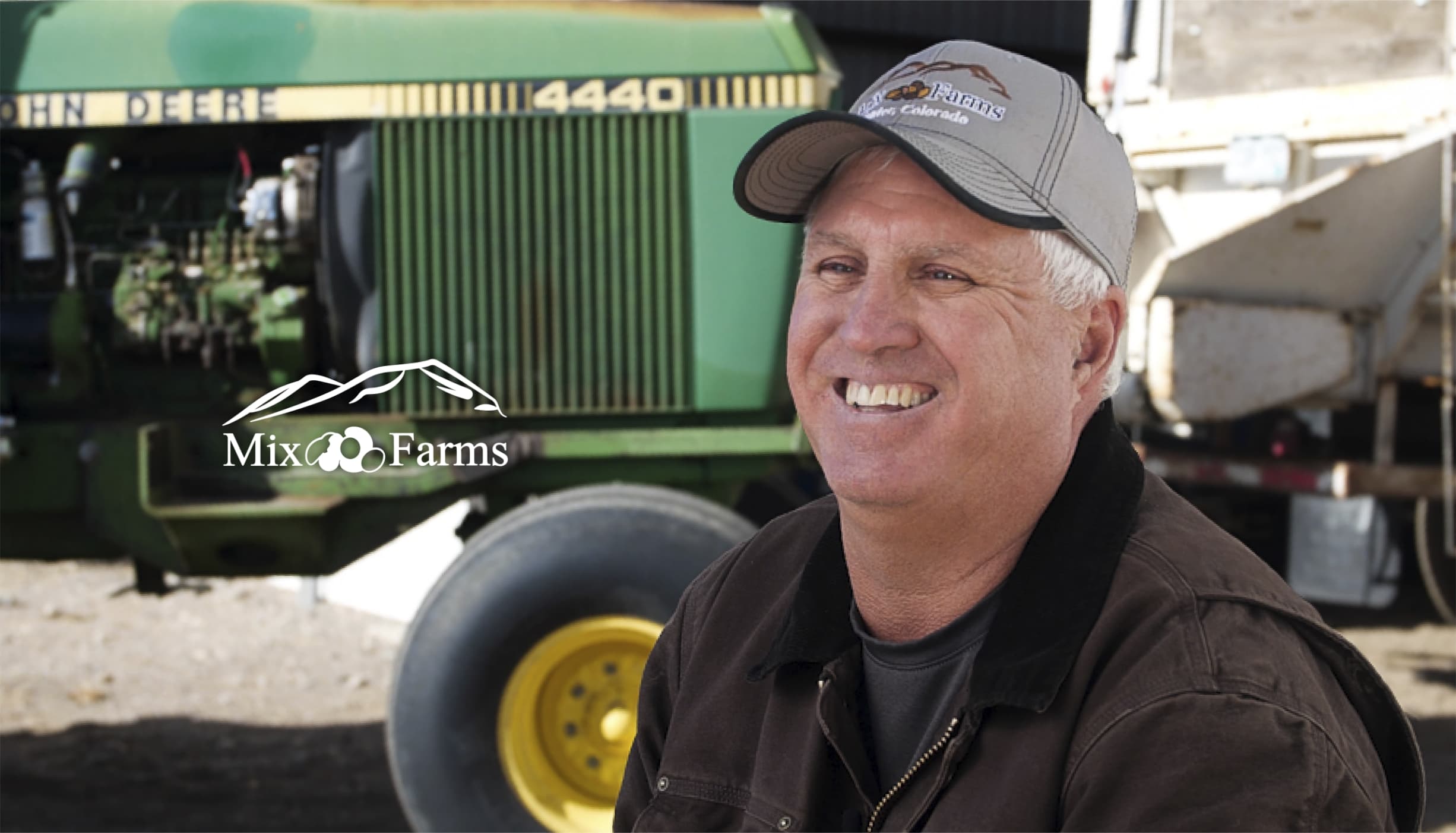Among the foodborne pathogens in the world today, Listeria monocytogenes may be the most widely-known. Common in foods like soft cheeses, pre-cooked meats, and other ready-to-eat items, the effects of listeriosis on its victims can range from flu-like symptoms or gastrointestinal issues to blood infections and meningitis - which can be life-threatening in vulnerable populations. Listeriosis is one noteworthy contributor to the 48 million people who get sick from foodborne diseases each year in the United States.
With such a wide range of carriers and consequences, the food industry has taken a zero tolerance approach to Listeria. FDA recalls are on the rise. And most importantly, consumer reactions to FDA recalls are hindering entire categories of food sales - even for products with no listeria concerns.
Smarter systems are clearly required, not only to limit the incidence of Listeria, but also to provide rapid and thorough evidence so as to contain the scope of impacted products.
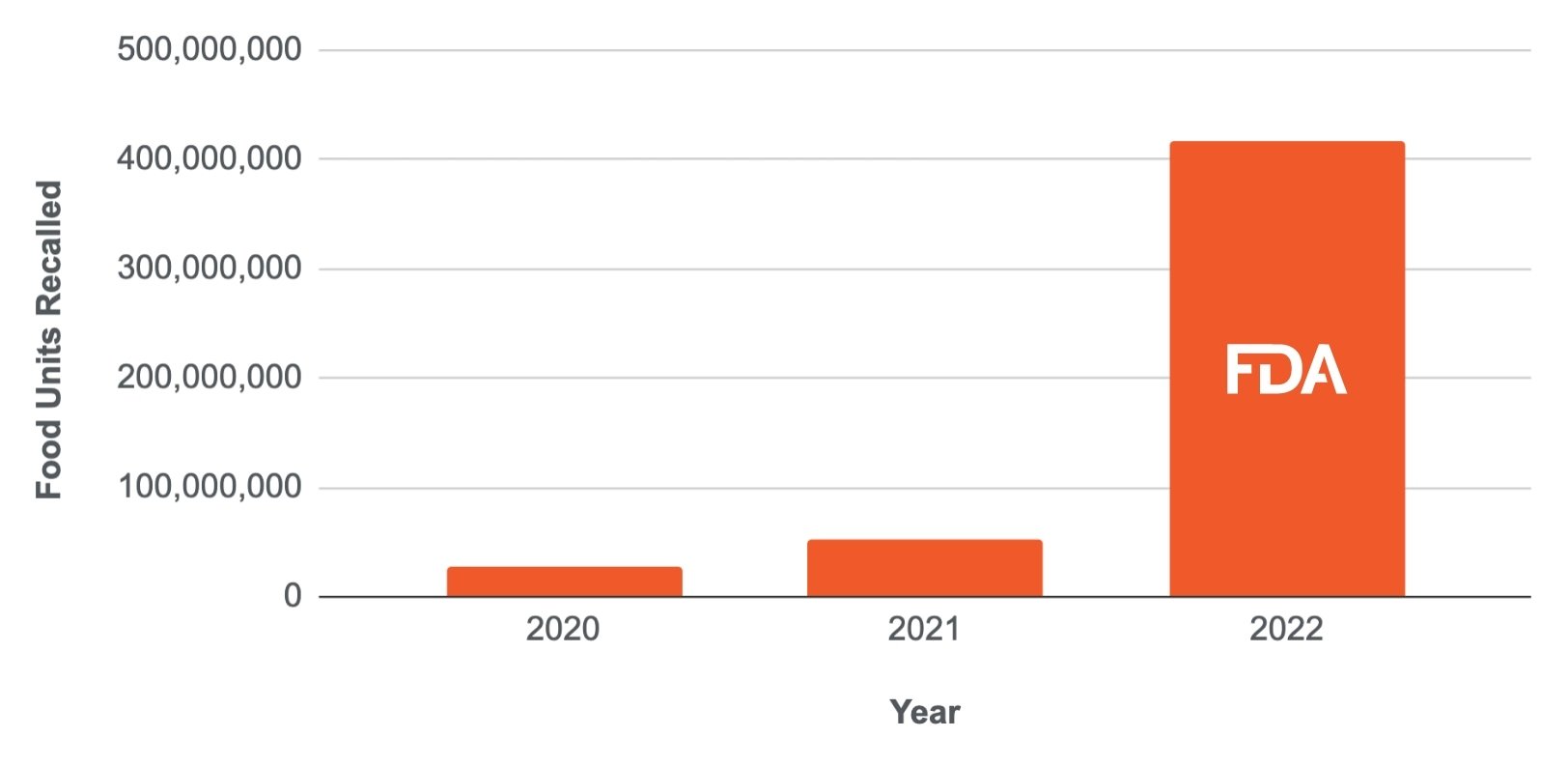
Specific Risks in Mushrooms
Several mushroom varieties such as portobello rarely register risk for Listeria outbreaks. However, sliced white mushrooms came under fire in 2021, and there has been an alarming spike of Listeria outbreaks tied to enoki mushrooms more recently. A single outbreak - such as one in December of 2022 that sickened five consumers - poses a threat to the mushroom industry as a whole.
Listeria monocytogenes is at home in a variety of agricultural settings, especially cool and wet conditions common in growing and packing areas. This proclivity to arise in places such as soil means that the substrate and casing soils used in mushroom cultivation are of particular concern. Add to that the minimally-processed nature of most mushroom products and the scene is set for potential contamination.
The incidence of Listeria will vary by operation, but PennState has identified areas with the greatest risk of cross-contamination in mushroom facilities:
- Slicers, dicers, shredders, and blenders used after cutting and trimming but before packaging
- Conveyors
- Holding containers such as bins, tubs, or baskets used to hold the finished product before packaging or further processing
- Hand tools, gloves, and aprons that come into contact with finished product
- Racks for transporting product before packaging
- Collators used to assemble and arrange product before packaging
- Filling or packaging equipment

Protecting Mushroom Brands
Proper food safety protocols such as Mushroom Good Agricultural Practices, or "MGAP," will mitigate the risks associated with Listeria in a mushroom production facility. However, it is easier for errors to occur and go unnoticed when operations go without digital assistance.
A new wave of food safety managers are enhancing their existing procedures with automation and technology. This is supported by a new wave of tools that are more affordable and flexible - including Provision, which offers intuitive help for even the least-technical operators.
Operations are seeing a variety of benefits. Reminders can prevent missed environmental monitoring or sanitation; live operator guidance can ensure machinery is properly cleaned; automated rules can instantly escalate findings for corrective action workflows; and custom reports can easily highlight if results are trending in the wrong direction.
These videos show how small- to mid-sized operations are putting the platform to use.
-
Preventing Missed Monitoring and Sanitation with Alerts
-
Eliminating Guesswork with Embedded SOPs and Live Translation
-
Improving Detection and Response Time with Smart Rules
-
Tracking Trends to Prevent Outbreaks
In Conclusion
Preventing Listeria contamination in mushroom growing and packing operations requires a comprehensive approach that combines traditional practices with innovative solutions. The tools in an operation's roster shouldn't merely be "smart," but also user-friendly enough for even the least tech-savvy team member. Paper may seem simple - but in its simplicity lies its weakness, from lagging recognition of possible threats to the possibility of lost, damaged, or forgotten forms and records.
Listeria may be an age-old issue, but modern solutions can limit risk. By fostering automation and technology for MGAP, mushroom growers and packers can minimize their chances of Listeria contamination, ensuring product safety and maintaining consumer trust.


